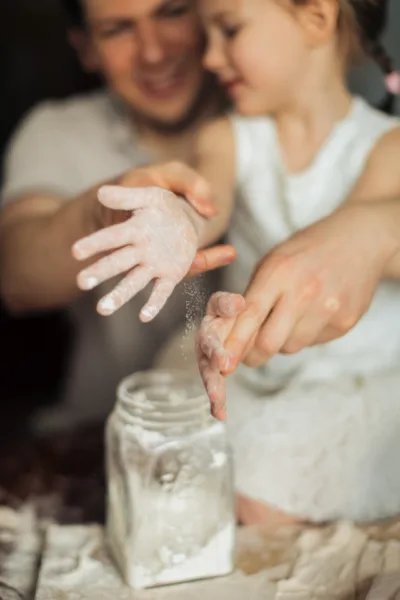
Cooking is all about improvisation and making the best of what you have on hand. Sometimes, though, you may not have the exact ingredient that a recipe calls for. In those situations, it’s good to know some kitchen substitutions that can save the day. Here are some common substitutions you can try:
- Buttermilk: If a recipe calls for buttermilk, but you don’t have any, you can substitute it with milk and vinegar or lemon juice. For every cup of buttermilk, use 1 tablespoon of vinegar or lemon juice and enough milk to make one cup. Let the mixture sit for 5-10 minutes before using.
- Baking powder: If you run out of baking powder, you can make your own by mixing 1 teaspoon of baking soda with 2 teaspoons of cream of tartar.
- Brown sugar: If you don’t have brown sugar, you can make your own by mixing white sugar with molasses. For light brown sugar, use 1 tablespoon of molasses for every cup of sugar. For dark brown sugar, use 2 tablespoons of molasses.
- Cornstarch: If a recipe calls for cornstarch as a thickener, you can use flour instead. For every tablespoon of cornstarch, use 2 tablespoons of flour.
- Butternut squash: If you can’t find butternut squash, you can use pumpkin or sweet potato instead. They have a similar flavor and texture.
- Yogurt: If a recipe calls for yogurt and you don’t have any, you can substitute it with sour cream or buttermilk.
- Honey: If a recipe calls for honey and you don’t have any, you can use maple syrup or agave nectar instead.
- Cumin: If you run out of cumin, you can use chili powder instead. They have a similar flavor profile.
- Fresh herbs: If a recipe calls for fresh herbs and you don’t have any, you can use dried herbs instead. Use about 1/3 of the amount of dried herbs as you would fresh herbs.
These are just a few examples of kitchen substitutions you can try. With a little bit of creativity, you can come up with your own substitutions based on what you have available. Remember, cooking is all about experimenting and making it your own.
